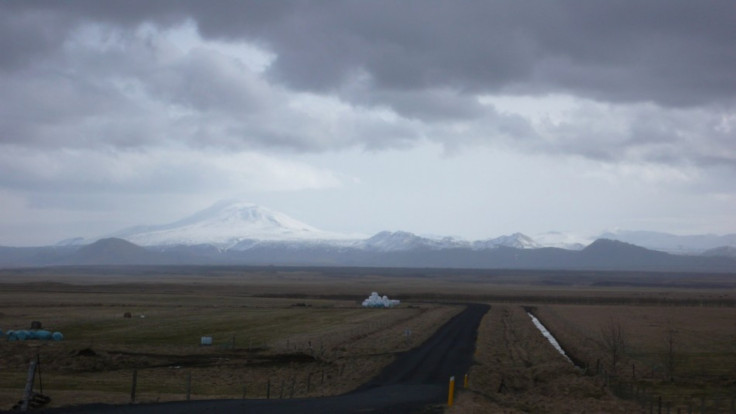Iceland’s Hekla Volcano Shows Activity: Could Another Ash Cloud Ground European Air Travel?

Hekla is one of the most active volcanoes in Iceland, erupting four times since 1970 at a rate of about once every 10 years. The 1,491-meter (4,892-foot) mountain last erupted on Feb. 26, 2000, but scientists fear it could be getting ready for its next explosion.
Icelandic Civil Defense, together with the police in Hvolsvollur, declared a "civil protection state of uncertainty" Tuesday due to a spike in seismic activity in the area. The Icelandic Met Office also raised the alert level for air traffic around Hekla to yellow, meaning the volcano has shown volatile activity.
A "state of uncertainty" is standard procedure in Iceland to ensure a smooth flow of information among scientists, government officials and emergency teams.
“The change from green to yellow is a precautionary step,” the Icelandic Met Office said. “To date, there are no observable signs that an eruption of Hekla is imminent.”
While the color change is just the first of three steps and only considered a warning, scientists caution that the string of seven micro-earthquakes since March 10 in a small area to the northeast of the summit is highly unusual.
For many, the mere mention of the words "Iceland" and "volcano" in the same sentence conjures up images of travel chaos across the map.
An ash cloud from the 2010 eruption of Eyjafjallajokull grounded air travel throughout Europe, costing airlines roughly $2 billion and reminding global citizens how vulnerable modern society is to the whims of nature.
Because Eyjafjallajokull was high in gas, it sent ash soaring into the atmosphere, wreaking havoc. A similar ash cloud at a lower altitude would have a negligible impact on air travel.
In May 2011, for example, nearby Grimsvotn volcano erupted, putting more ash into the air in 36 hours than Eyjafjallajokull did in a month. But flight delays were far fewer because prevailing winds pushed the ash away from populated areas.
Known as the "Gateway to Hell" in the Middle Ages, Hekla is Iceland's most famous and historically active volcano.
Scientists played down fears of a possible eruption in 2011 after a similar warning from the Icelandic Met Office set off a media frenzy.
"The Hekla concern … was a bad case of bad reporting," Páll Einarsson, professor of geophysics at the University of Iceland, told the International Business Times that December. "To be sure, Hekla is ready for an eruption and has been for the last six years. But there was nothing particular that happened.
“Hekla has erupted about every 10 years since 1970. Some of these eruptions have been called tourist eruptions because of their attraction of tourists. None of these eruptions have caused much trouble for the travel industry."
Hekla’s eruptions are extremely varied, lasting as short as a week and as long as a year. While its flare-ups since 1970 have been relatively minor, the last major eruption in March 1947 did not end until the following April. The volcano spewed a column of ash as high as 28,000 meters (92,000 feet) into the atmosphere, which fell to the ground as far away as Russia.
Hekla’s 2000 eruption, by contrast, was short but powerful, lasting 12 days with an ash cloud that was 15 kilometers (9.3 miles) long.
The event took many scientists by surprise.
Martin Hensch, earthquake expert at the Icelandic Met Office, told the News of Iceland it came “without any warning.”
“The last time the volcano erupted we knew it one hour in advance,” he said. “We are not very worried that an eruption is going to take place [right away], but predicting an eruption in Hekla volcano is nearly impossible.”
© Copyright IBTimes 2024. All rights reserved.






















